Over the decades, Europeans have significantly reduced their defense effort, on the back of the benefits of peace. But as tensions rise again, they are struggling to return to the level of investment they had during the Cold War.
Speaking at the Air and Space Chiefs of Staff Conference in London a few days ago, US General James Hecker, Commander US Air Force Europe and in Africa, has erected a most worrying picture of the means and stocks of ammunition actually available in Europe, to possibly face a major conflict.
According to him, NATO members, European and American, have neglected critical issues such as the format of forces, and the volume of stocks of ammunition and spare parts necessary to engage in such a conflict. This situation would be all the more worrying since, unlike the Cold War, the threat today is much more extensive and polymorphic, and presents an obvious risk of seeing several hot spots emerging simultaneously in the world.
The fact is, in a few decades, the powerful European armies of NATO have lost most of their capabilities in the field of conventional major engagement. Worse still, if European leaders have all announced efforts to increase the budgetary allocations of their armies, these aim to reach the floor set by NATO, while the formats, meanwhile, seem destined to stagnate, far from what they were at the height of the Cold War.
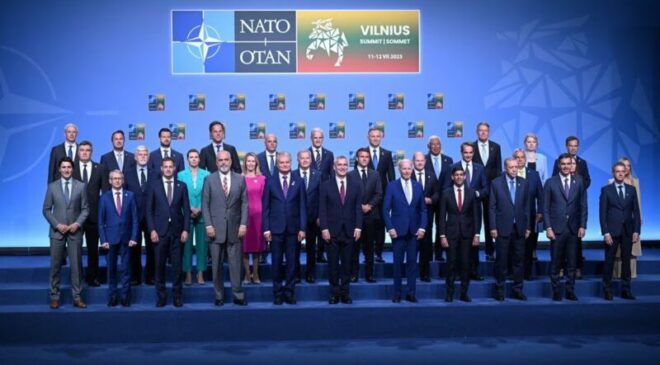
However, this situation does not seem to alarm either European leaders, apart from a few countries such as Poland or the Baltic States, and even less their public opinion which, after a few months of amazement and concern following the start of Russian aggression against Ukraine, has once again distanced itself from defense issues to return to much more pressing questions, such as the choice of the next holiday destination.
Therefore, one can wonder why the Europeans, who were nevertheless firmly committed and mobilized in the showdown with the Soviet Union and the Warsaw Pact, only 35 years ago, have they hui lost at this point of "taste of the effort" of defense?
European military power in 1985
Far from the 30 member countries today, NATO had only 16 members in 1985, of which 13 were European: Belgium, Denmark, Spain, France, Greece, Iceland, Italy, Luxembourg, Norway, Netherlands, Portugal, Federal Republic of Germany, United Kingdom. At that time, European countries accounted for only half of the United States' GDP ($2100 billion vs. $4,300 billion), but with 350 million inhabitants, it outclassed the 40 million Americans by more than 260%.
In terms of defence, the European armies then represented 60% of NATO's conventional means, with more than 5000 combat tanks and 4000 fighter planes, as well as more than 3 million soldiers, mainly from conscription. .
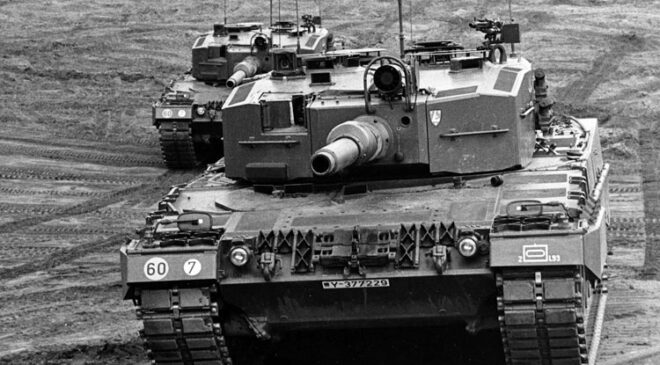
In addition to the number, they had high-performance equipment, particularly compared to their Soviet equivalents, whether in the field of armored vehicles with the British Cheftain and Challenger tanks or Leopard 2 German, combat aircraft with the French Mirage F1 and 2000, the European Tornado and a large number of American F-16s, and in the naval domain, with 7 British, French, Italian and Spanish aircraft carriers and aircraft carriers , around sixty destroyers and frigates equipped with missiles and extensive experience in the field of anti-submarine warfare, or almost 80 submarines, including around ten Rubis class nuclear attack submarines (France) as well as British Swiftsure and Trafalgar.
It is true that at the time, European countries spent an average of 3% of their GDP on their armies each year, while most leaders had lived through the experience of the Second World War or the colonial wars that followed. Similarly, a majority of the European male population had more or less prolonged contact with the armies through conscription, which largely contributed to raising their awareness of defense issues.
In fact, in 1985, a year also marked by the Euromissile crisis, Europeans as a whole, and the European political class more particularly, had an increased awareness of defense issues, and the need to maintain a sufficiently dissuasive posture to prevent a new conflagration from affecting the old continent.
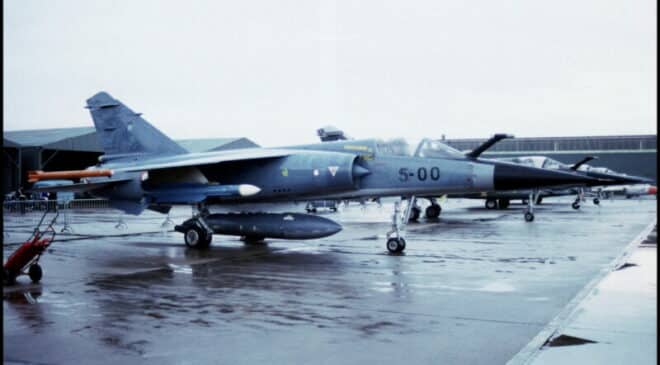
And if they relied, with the exception of France and Great Britain, on the United States as far as the nuclear umbrella was concerned, they fully assumed their own defense and had then built a powerful military tool to the needs of the moment, and capable of sustaining a major engagement of very high intensity over the long term against the 160 armored and mechanized divisions, the 50.000 tanks and the 20.000 combat planes of the Warsaw Pact, even if in this area too, the power American military played a decisive role.
30 years of vertiginous fall
With the collapse of the Warsaw Pact first, then of the Soviet bloc, in the early 90s the existential threat weighing on European countries disappeared, whether they belonged to NATO or to the Warsaw Pact. The 10 years that followed were marked by the descent into hell of Russia which, at the beginning of the 2000s, was only a shadow of itself on the military level, but also by the emergence of distant conflicts for which the European armies were not designed.
Quickly, the posture of European leaders evolved towards the doctrine of the “Benefits of Peace”, with a massive reduction in the formats of European armies associated with a progressive professionalization so as to be able to meet the requirements of these new conflicts.
At the same time, the European political class also evolved, as did public opinion, taking an increasingly marked distance from defense issues, giving rise to certain analytical biases in many countries convince themselves that major conflicts between great powers now belonged to the past, particularly in Europe, but also of the omnipotence of Soft Power to respond to international tensions.
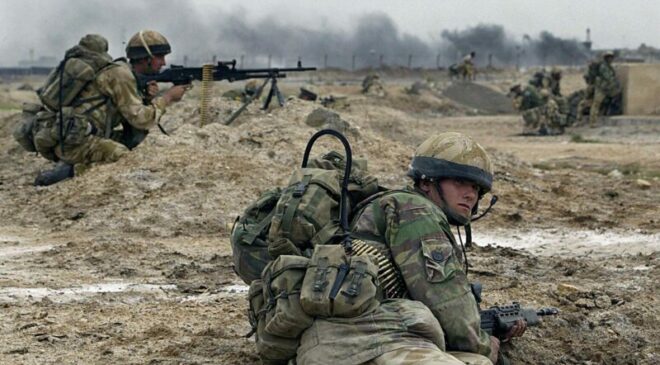
There are 75% of this article left to read, Subscribe to access it!
The Classic subscriptions provide access to
articles in their full version, and without advertising.
Meta-Defense celebrates its 5th anniversary!

- 20% on your Classic or Premium subscription, with the code Metanniv24
Offer valid from May 10 to 20 for the online subscription of a new Classic or Premium, annual or weekly subscription on the Meta-Defense website.


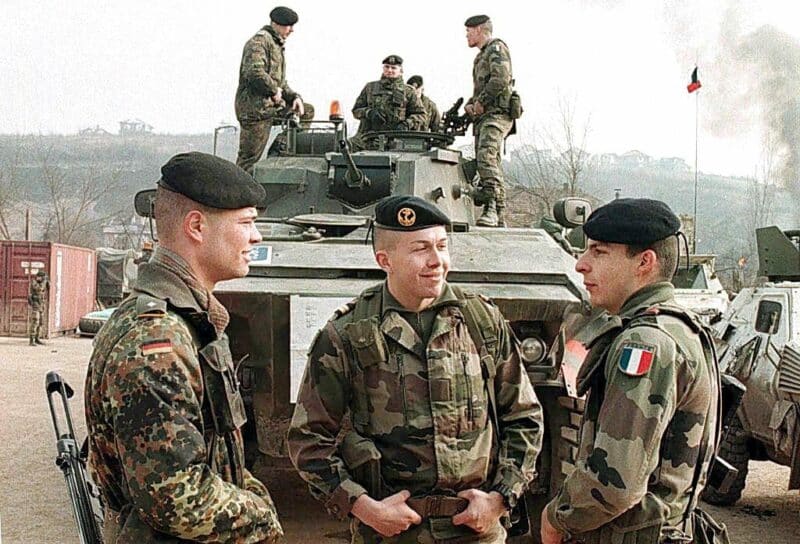
[…] […]